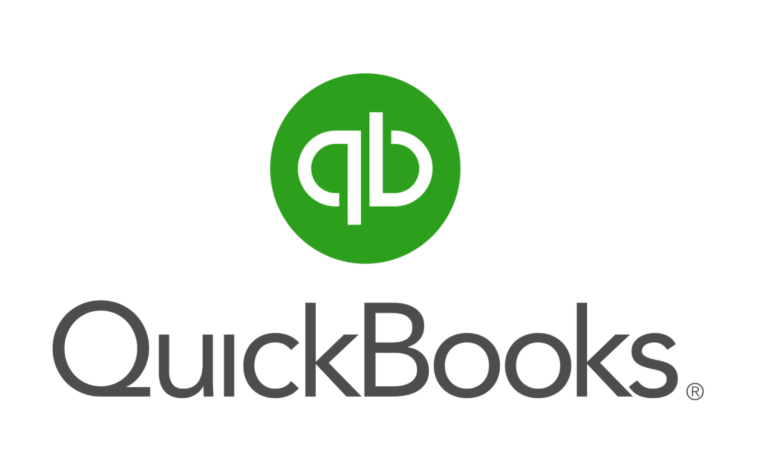Introduction.
Setting up payroll for your business is a critical step in ensuring your employees are paid accurately and on time while maintaining compliance with tax laws and regulations.
QuickBooks, a widely used accounting and financial management software, offers a robust payroll solution that can streamline the process, automate calculations, and help you stay organized.
Whether you’re a small business owner, a finance professional, or someone responsible for payroll administration, learning how to set up payroll with QuickBooks can save you time and reduce the risk of errors.
In this guide, we will walk you through the essential steps and considerations involved in setting up payroll with QuickBooks, empowering you to efficiently manage your payroll processes and ensure compliance. Let’s explore the benefits and steps of setting up payroll with QuickBooks.
Benefits of Setting Up Payroll with QuickBooks
Before we delve into the step-by-step process, let’s first understand why setting up payroll with QuickBooks is advantageous for businesses:
- Efficiency: QuickBooks streamlines the payroll process, automating calculations and reducing the time required for manual data entry and calculations.
- Accuracy: The software’s built-in features minimize the risk of errors in payroll calculations and tax withholdings, ensuring that employees are paid correctly and on time.
- Compliance: QuickBooks stays up-to-date with changing tax laws and regulations, helping you remain compliant with local, state, and federal requirements.
- Simplicity: The user-friendly interface makes it easy to set up and manage payroll, even if you have limited accounting experience.
- Reporting: QuickBooks provides detailed reports, making it simple to track payroll expenses, taxes, and employee earnings, facilitating better financial management.
How Do I Set Up Payroll With QuickBooks?
QuickBooks, a leading accounting and financial management software offers a comprehensive payroll solution that can simplify the entire process, saving you time and reducing the risk of costly errors.
Whether you’re a small business owner, a finance professional, or someone tasked with payroll administration, learning how to set up payroll with QuickBooks can greatly benefit your organization.
In this comprehensive guide, we will take you through the essential steps and considerations involved in setting up payroll with QuickBooks, empowering you to efficiently manage your payroll processes and ensure compliance with ease. Let’s explore the benefits and steps of setting up payroll with QuickBooks.
Step 1: Choose the Right QuickBooks Version.
Ensure you have the appropriate version of QuickBooks that includes payroll functionality. QuickBooks offers various versions, including QuickBooks Desktop, QuickBooks Online, and QuickBooks Payroll. Select the one that suits your business needs.
Step 2: Set Up Your Business Information.
In your QuickBooks account, enter your company’s information, including your business name, address, and tax identification number. This information will be used to set up your payroll account.
Step 3: Configure Payroll Settings.
Navigate to the payroll settings within QuickBooks and configure your payroll preferences. This includes selecting your payroll schedule (e.g., weekly, bi-weekly, or monthly) and setting up your pay periods.
Step 4: Add Employee Information.
Enter your employees’ details, such as names, addresses, Social Security numbers, and tax filing status, into QuickBooks.
Ensure that you have accurate and up-to-date information to avoid issues later.
Step 5: Define Employee Compensation.
Set up employee compensation profiles, including hourly rates, salaries, and any additional earnings or deductions. You can also specify benefits and allowances in this step.
Step 6: Calculate Taxes.
QuickBooks will automatically calculate taxes based on your employees’ information and the tax rates in your location. This includes federal, state, and local taxes, as applicable.
Step 7: Enroll in E-Pay and E-File.
To simplify the tax payment process, consider enrolling in the Electronic Federal Tax Payment System (EFTPS) and Electronic Federal Tax Filing (e-file) services. QuickBooks can facilitate this enrollment.
Step 8: Run Payroll.
With all settings in place, you can now run payroll in QuickBooks. Verify the accuracy of the calculated amounts and approve the payroll run.
Step 9: Generate Payroll Reports.
QuickBooks provides various reports that offer insights into your payroll expenses, tax liabilities, and employee earnings. Review these reports regularly for financial planning and compliance purposes.
Step 10: Stay Updated and Seek Assistance.
Payroll laws and regulations may change, so it’s essential to stay informed.
QuickBooks often updates its software to reflect these changes, but it’s advisable to keep up-to-date with tax laws independently.
If you encounter any issues or require assistance, QuickBooks offers customer support and resources to help you navigate payroll challenges.
Conclusion.
Setting up payroll with QuickBooks is a practical solution for businesses of all sizes.
Its user-friendly interface, automation capabilities, and compliance features make it a valuable tool for efficient and accurate payroll management.
By following the steps outlined in this guide, you can harness the power of QuickBooks to streamline your payroll processes, reduce errors, and ensure that your employees are paid promptly and accurately, contributing to a more productive and satisfied workforce.






GIPHY App Key not set. Please check settings